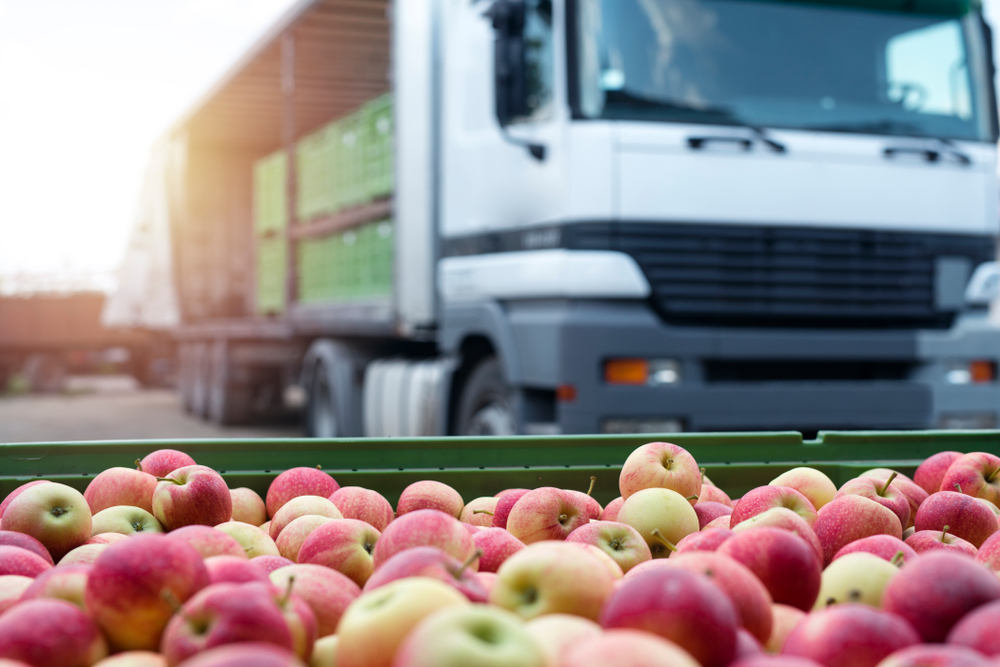Updated Perishable Food Transportation Guidelines Now Available

A 1987 handbook published by the U.S. Department of Agriculture’s received a 21st-century update
“Many people in the food transportation industry had been asking for a revised handbook for years, to include all of the developments in technology, best practices and food safety that have occurred since then,” said Jeffrey Brecht, a professor of horticultural sciences in the UF Institute of Food and Agricultural Sciences (UF/IFAS). Brecht assembled the team of subject matter experts and led the revision of USDA-AMS Handbook No. 669, “Protecting Perishable Foods During Transport by Truck and Rail.” The document is now available at no charge through the UF/IFAS Extension’s online collection, EDIS, while it awaits the USDA’s extensive review process to be officially accepted as the new Handbook No. 669.
Although a few revisions were made to the guide since its original publication, it had also been at least a decade since the handbook was reprinted. Previous revisions were minor, Brecht said, and included things like updating references to the Congressional Record and Food and Drug Administration (FDA) regulations.
The new handbook, created under contract to USDA-AMS, provides comprehensive information for shippers, loaders, carriers and receivers regarding the equipment used to transport fresh and frozen perishable foods, Brecht added. It also offers recommendations for handling different perishable food items to reduce losses in quality while maintaining sanitary conditions.
“The original guide was printed and sized to be put in the glove compartment, so that truck drivers could reference it as needed,” Brecht said. “The idea was for it to be carried around everywhere. Now, that’s like our smartphones. Part of our proposal to USDA-AMS was to create a smart PDF, to be easily navigated and searchable.”
Brecht explained that among the major changes in the content of the revised guide is the addition of many commodities that have become more popular in the years since its last publication.
“Tropical fruits were not as common when the previous edition was released,” Brecht said. “Fresh-cut fruits and vegetables, like packaged salads and baby carrots, were almost unknown at that time. Other products are also prepackaged as a standard now, like beef, among many other examples.”
Steven Sargent, a UF/IFAS professor of horticultural sciences who worked on the project, said that advancements in technology involving the transport of perishable goods also informed the new guidelines.
“A major area of technological advancement that has occurred is computerized refrigerated transport vehicles and telematics, which is the monitoring mechanism behind these systems,” Sargent said. “Telematics uses sensors to control refrigeration systems and collect information like product temperatures and vehicle location during transport. It also uses telecommunication systems to transmit the information to keep everyone informed, from the point of origin to destination.”
The document can be viewed online or downloaded here. Its current version, however, is in the process of becoming more mobile-friendly, Sargent added.
“We’re working to develop an app,” Sargent said. “It’s still in the early stages, but the idea is to make it easier for users to jump to the individual commodity or topic they’re looking for on their phones.”
Category: Driver Stuff, Featured, General Update, News










